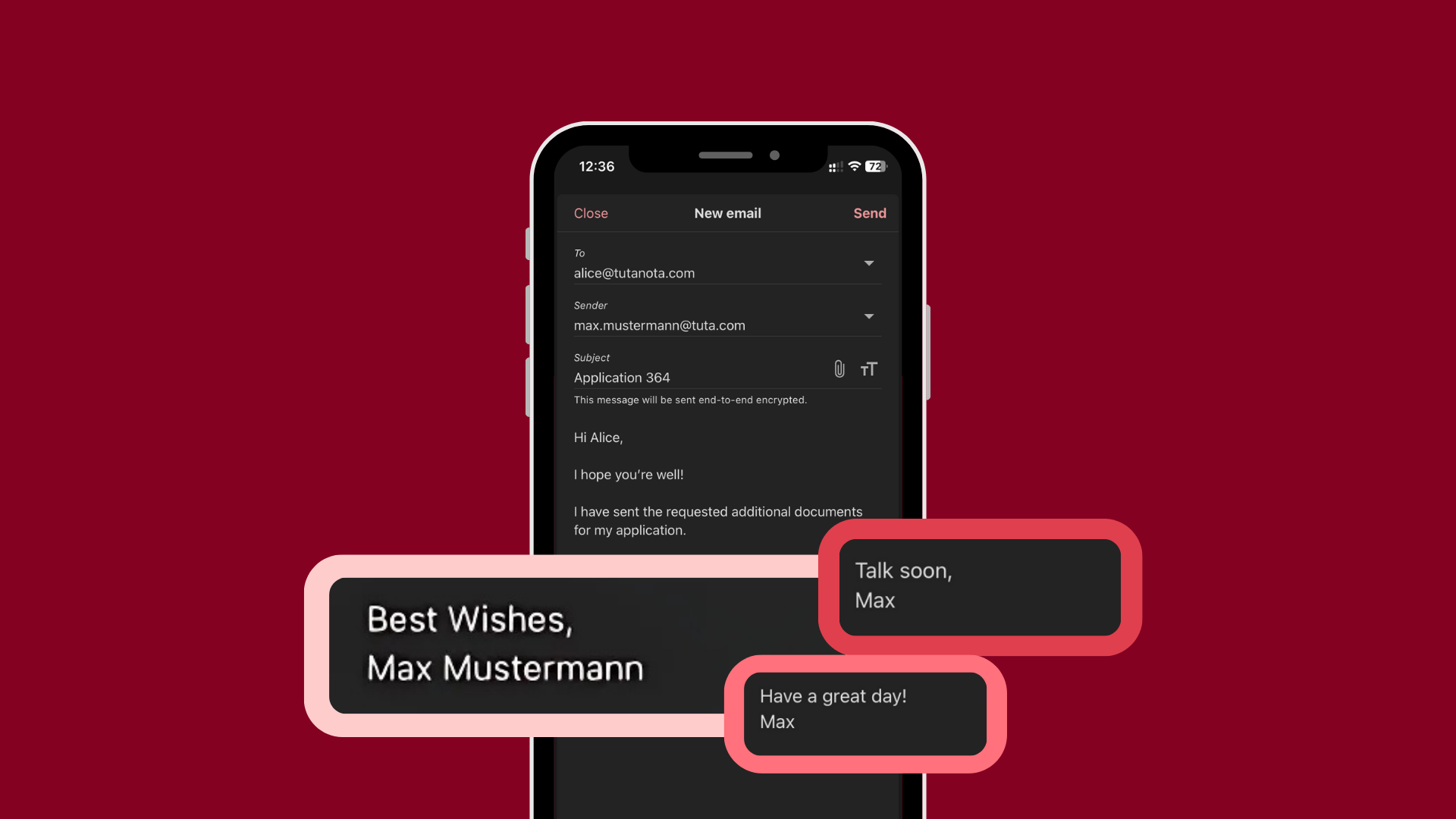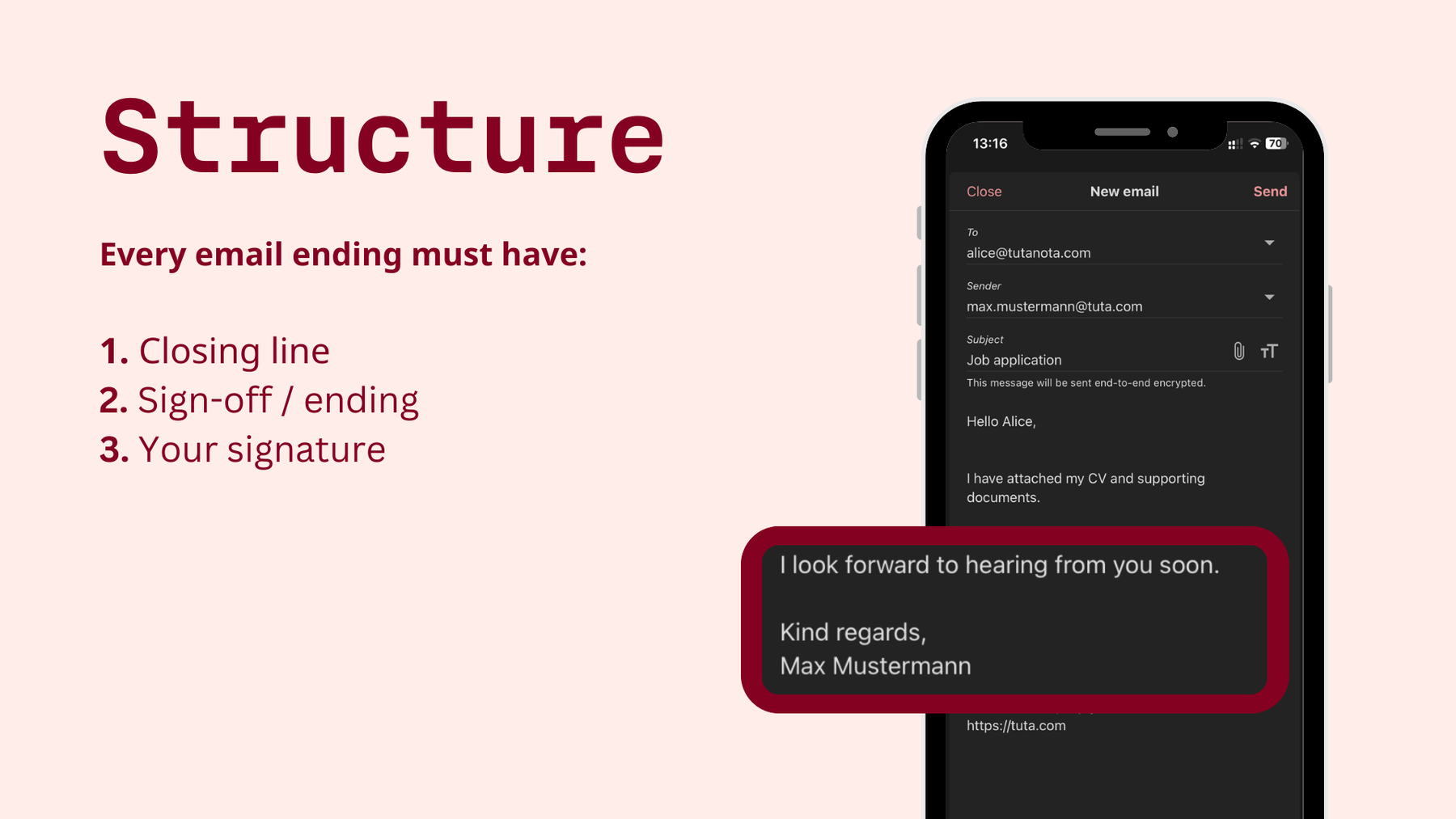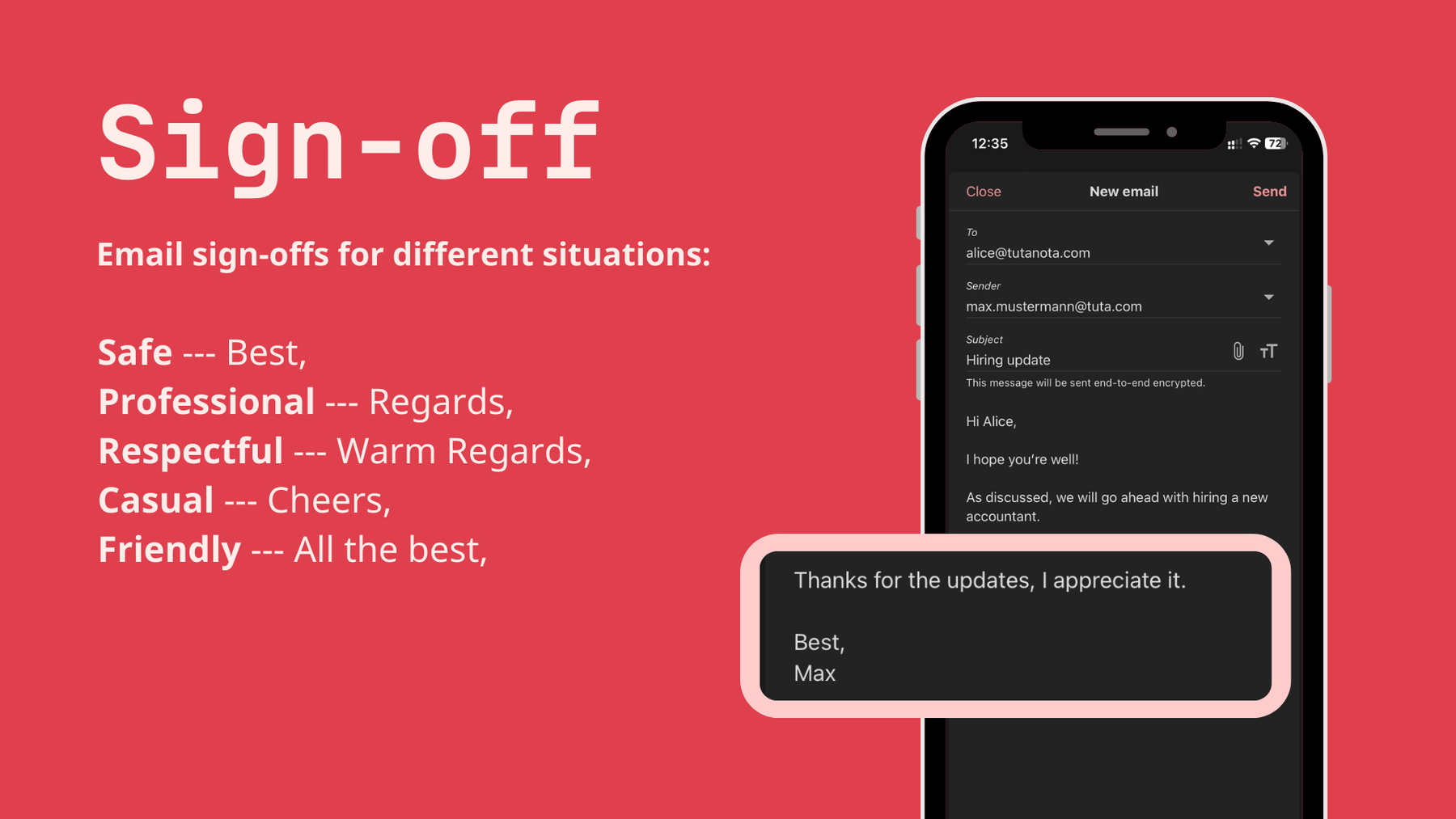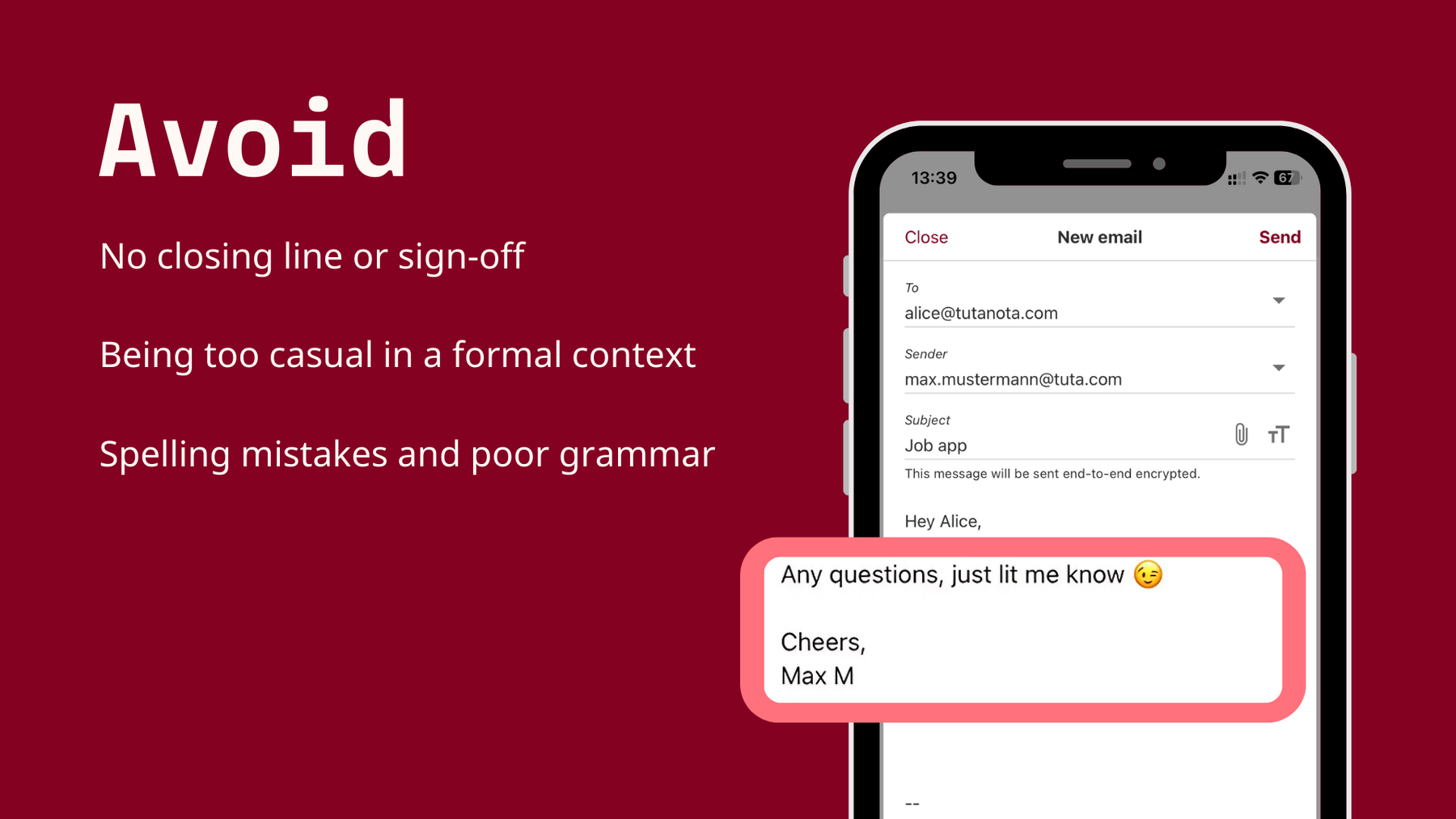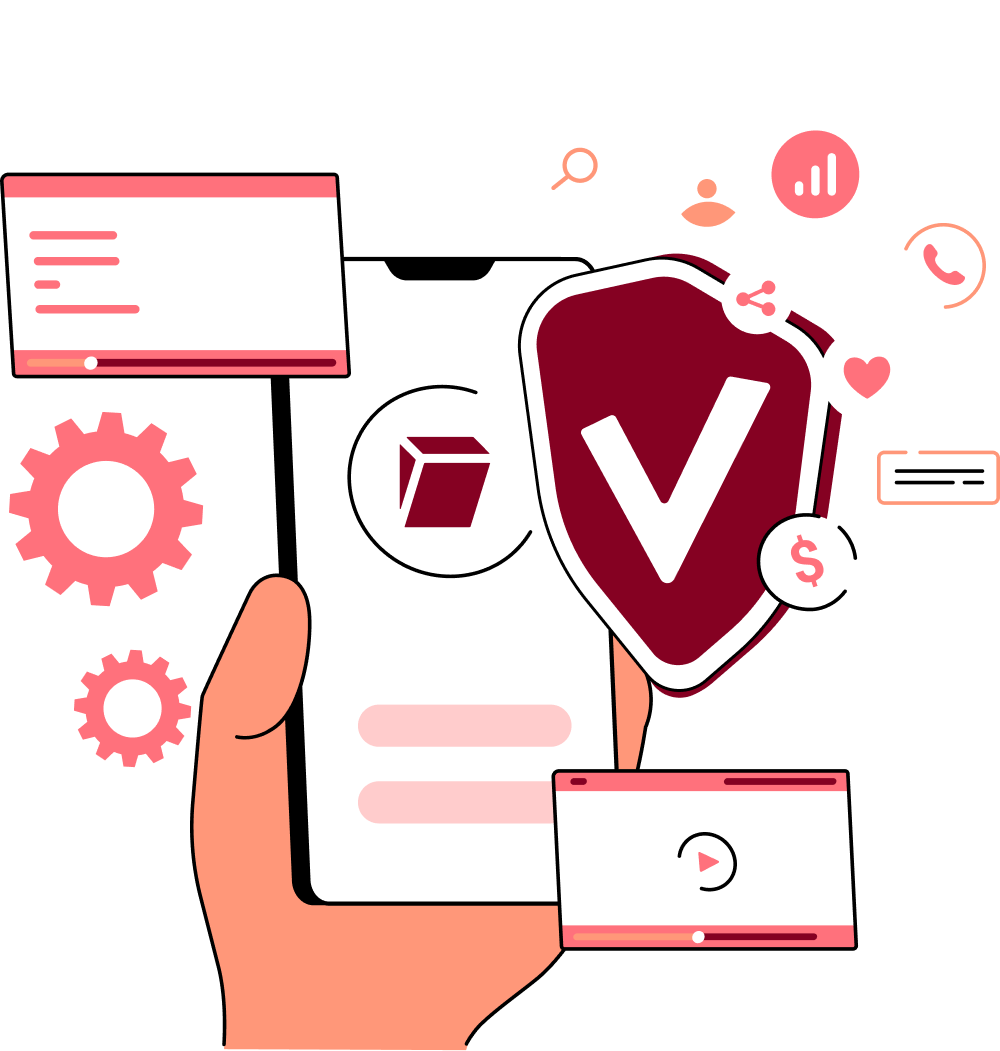How To End An Email (With Examples)
Master the art of ending any email with this step-by-step guide. Plus: learn what to avoid when closing an email.
Email ending quick guide
Email ending quick guide! First familiarise yourself with the structure of how to end an email, next choose an appropriate sign-off, and lastly review what to avoid when finishing an email.
Ending structure
The end of your email must have these three sections.
1. Closing line: This line summarizes the purpose/intention of your email
2. Sign-off / ending: The “goodbye” or ending words before the signature
3. Your signature: This is the last line and must contain your name
Email sign-offs for different situations
-
Safe email ending for any situation: Best,
-
Professional email sign-off: Regards,
-
Respectful email ending: Warm Regards,
-
Casual email closing: Cheers,
-
Friendly email closing: All the best,
What to avoid
-
No closing line or sign-off
-
Being too casual in a formal context
-
Spelling mistakes and poor grammar
While we usually know what we would like to say in our emails, knowing how to end an email appropriately can be challenging. How you close the email helps transport your tone, shows attention to detail, and professionalism. Let’s take a deeper look at how to perfectly end the email in different scenarios.
Start with a closing phrase
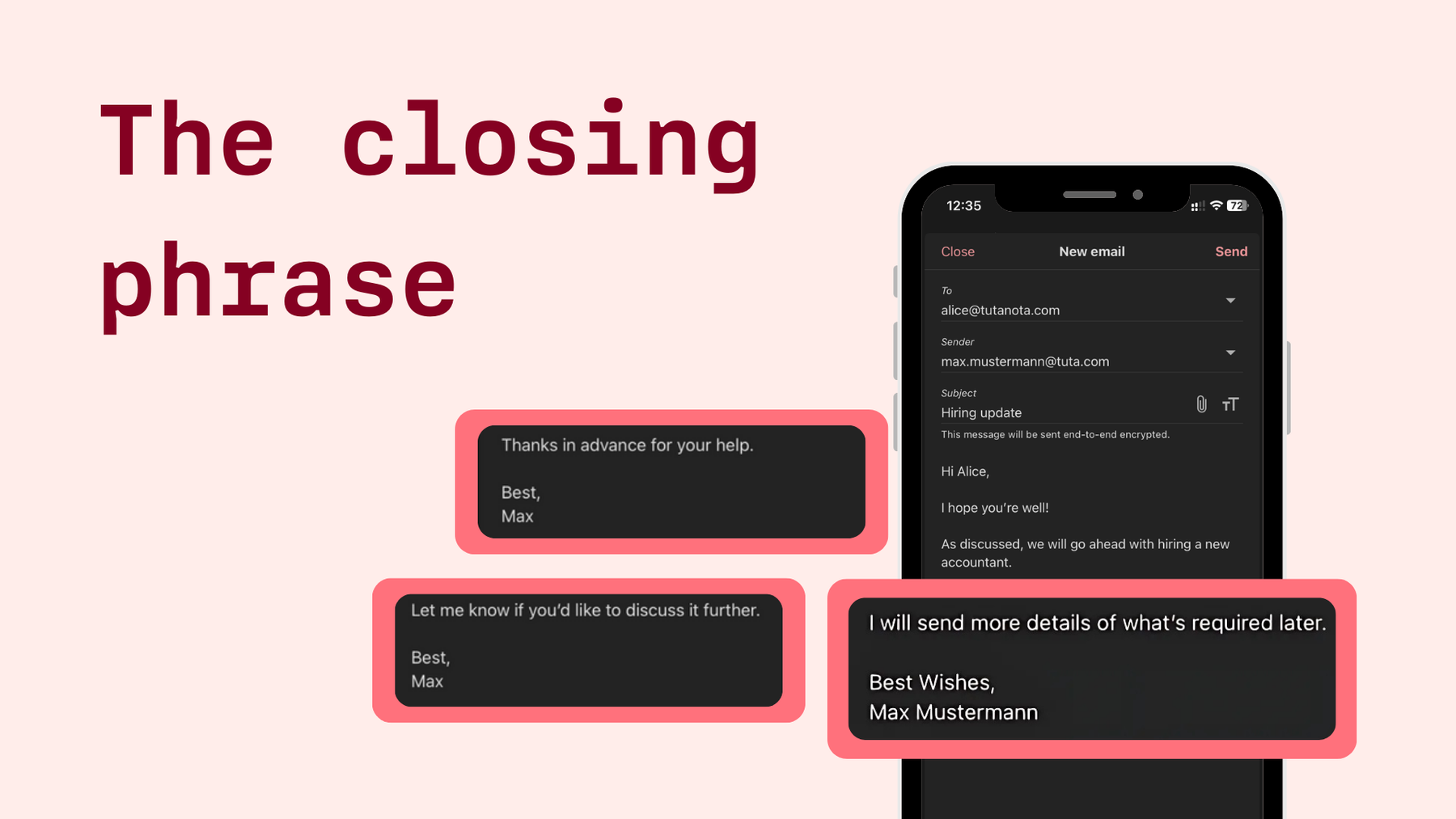

After you’ve written the body of the email, you always need to end this with a closing phrase, which is then followed by the sign-off. This closing line indicates that your message is complete. The closing phrase of your email should show gratitude and also have a call-to-action (CTA) or some kind of statement that shows you are waiting for a response or motivates the recipient to respond.
Closing phrase examples
-
I look forward to hearing your feedback
-
Please let me know if you need further information or have any questions
-
Thanks in advance for your help
-
Thanks for your help
-
Let me know if you’d like to discuss this further
Email ending go-tos for any situation
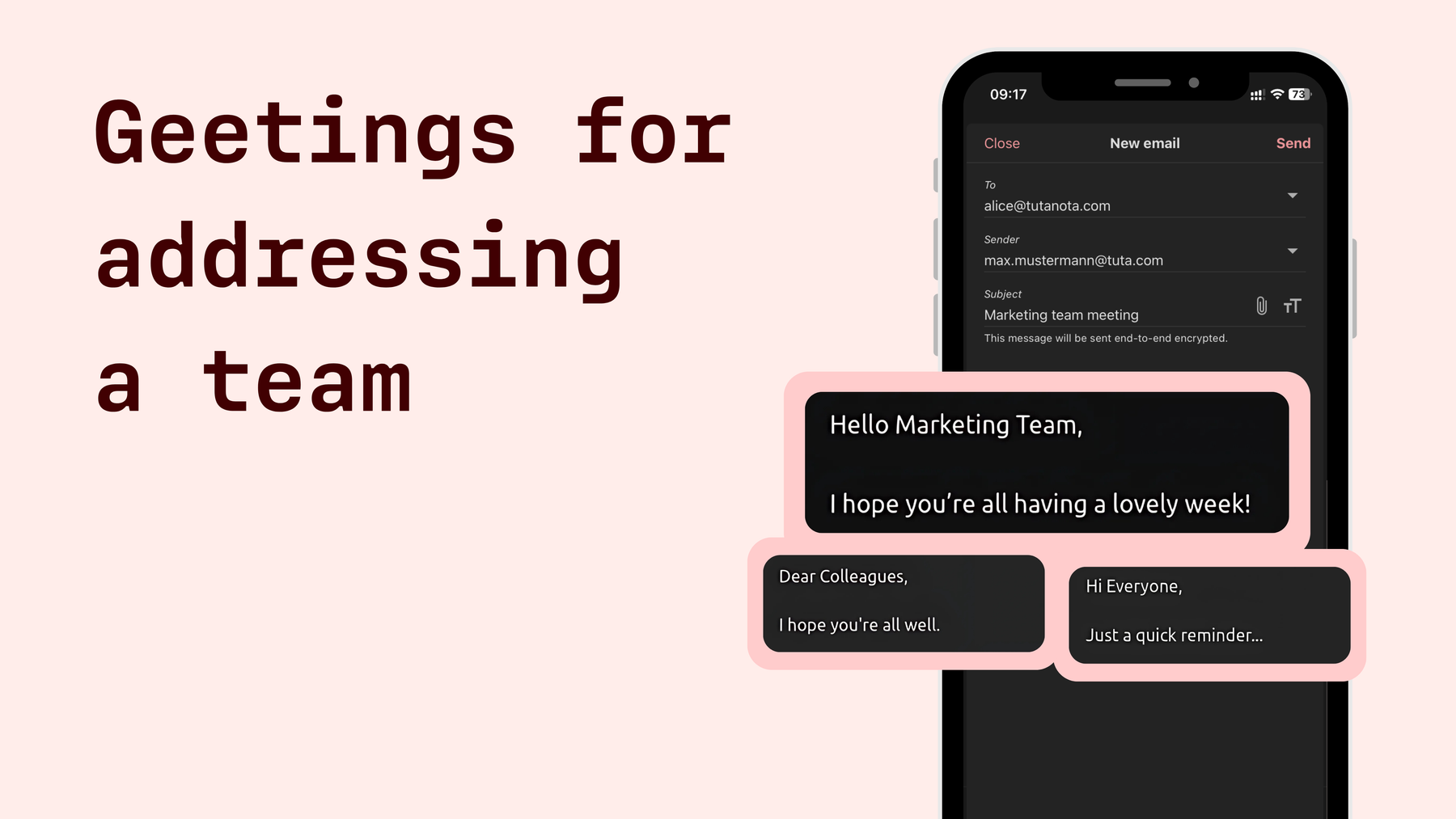

Before we take a look at how to end the email professionally, or email endings for specific emails like to a professor or colleague, let’s review some safe go-to email endings that are polite and in most cases safe to use. Of course, you shouldn’t use these for all emails like if you need to be extra professional, but in general, these are widely accepted and used email signoffs.
-
Best, name
-
Regards, name
-
Best Wishes, name
How to end an email professionally
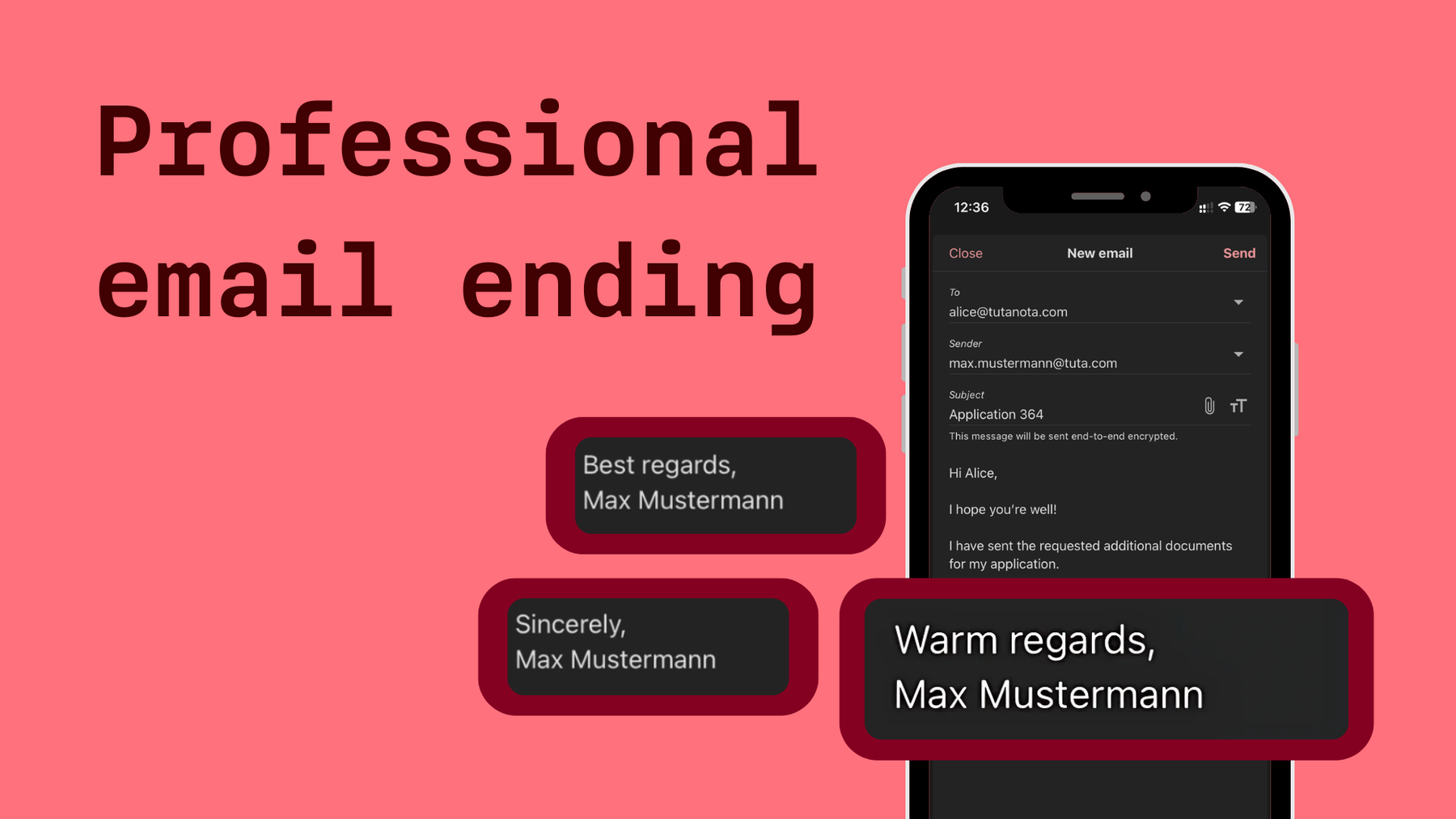

There are many occasions when we need to sound professional when writing emails, and while you may sound professional at the start or within the written email body, how you sign off the email is just as important. Maybe you need an appropriate email ending for a job application, a professional email ending for your boss, or maybe it’s to the CEO of the company. Either way, here’s a list of the most common professional and safe ways to end an email:
-
Best regards
-
Warm regards
-
Best wishes
-
Sincerely
-
Respectfully
-
Thank you
-
Many thanks
Further examples
How to end an email to a professor
When emailing a professor your mail tone should be professional, respectful, and polite. After the closing line, you could use one of these sign-offs.
-
Sincerely,
-
Best Regards,
-
Many thanks,
Extra tip: While you can write professional emails with appropriate sign-offs, if your email address is unprofessional, it affects the tone of the mail and how the recipient perceives you. Opt for an email provider that protects your privacy and is more professional! + Get your own custom domain and alias addresses with Tuta Mail!
How to end an email informally
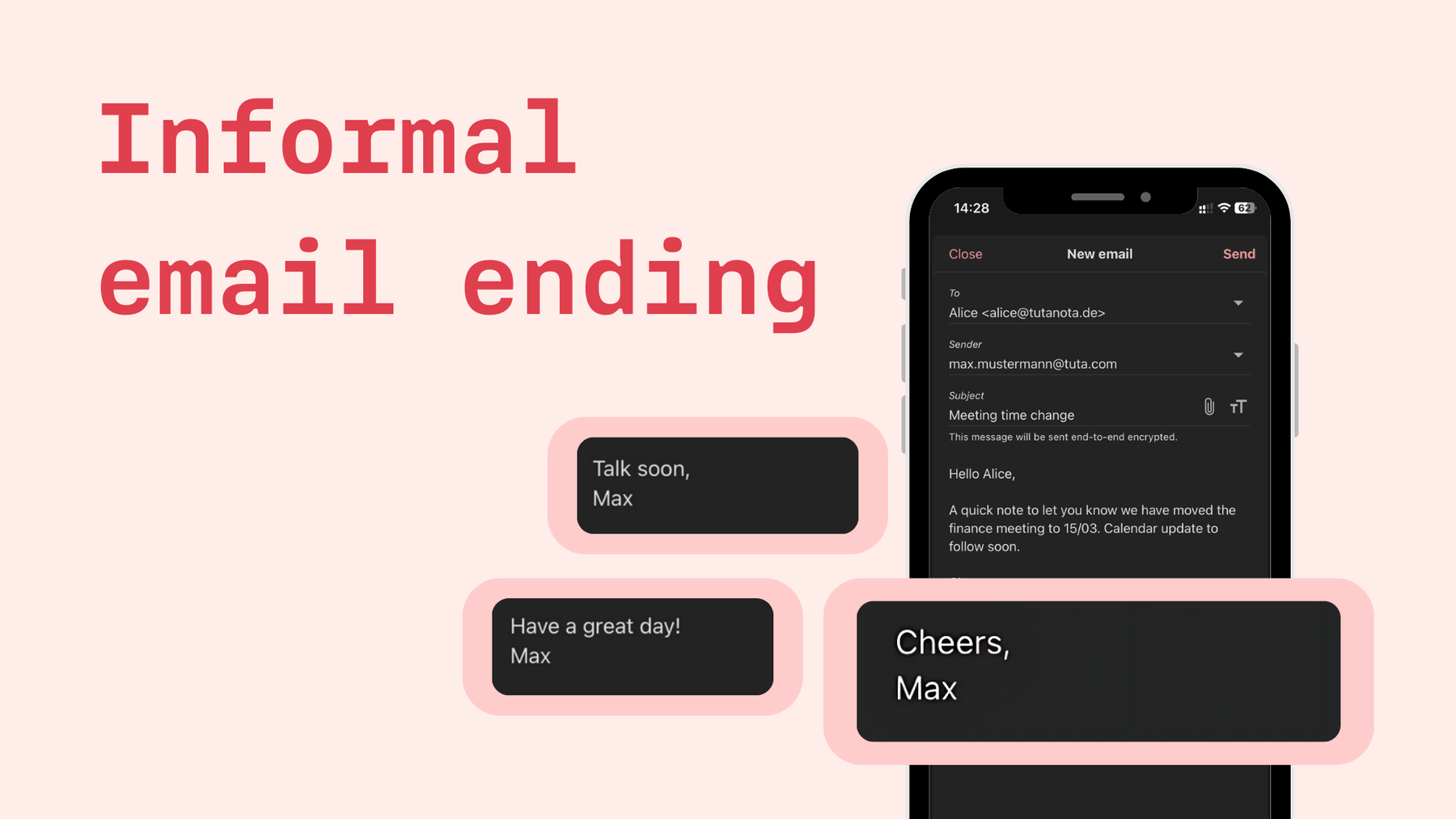

Sometimes emails do not need to be formal. When emailing someone you know well like a friend, or a familiar colleague in the office a polite but causal sign-off will do the trick.
-
Best,
-
Cheers,
-
Talk soon,
-
Thanks,
-
Have a great day,
-
Take care,
Common Mistakes
Now that we’ve reviewed how you can best end the email in any situation, its worth being aware of some common mistakes to avoid.
No closing line or email ending
Once you’ve written the body of an email it must always have a closing line followed by an appropriate sign-off. If you leave out the ending, your email will come across as informal, and unprofessional.
Being too causal in a formal context
When writing your email, always think about who the recipient is, and what the intention of your email is. If it’s an email regarding a job application or to the CEO of a company, the ending should not be casual and overly personal. For example, it wouldn’t be appropriate to end the email saying “Cheers” followed by a smiling emoji.
Spelling mistakes
Always double-check your spelling and grammar before sending the email. You might have written the email body well, and have an appropriate closing line and ending, but if the email is riddled with misspelled words it doesn’t come across as professional and is something that should be avoided.
Email endings to avoid
If you’re writing an email to your boss, a professor, or in any setting that’s formal, always avoid these sign-offs.
-
Thx or Rgrds
-
Love
-
Xoxo
-
Yours faithfully / Truly
-
Sent from my iPhone
-
No closing at all
Frequently Asked Questions
How do I formally sign off an email?
There are many formal email sign-offs to choose from. After your closing line, you could sign off the email with “Best regards, name” or “Best wishes, name” to ensure your email ending is formal.
What is the least acceptable way to sign off an email?
While there are many mistakes you can make while ending an email, the least acceptable way to sign-off an email is to use an overly personal phrase such as “xoxo, name” or to not include any email sign-off.
What’s better than sincerely?
Using the email sign-off “Sincerely” is very common and formal, but for some it may be seen as old-fashioned and overused. A better email ending that “Sincerely” could be “Best, name” or “Kind regards, name”
How do you sign an email respectfully?
To sign an email respectfully, you must choose an email sign-off that’s respectful and aligned with the tone of your email. For example, a respectful way to end an email to a professor would be “Best regards, name.”

